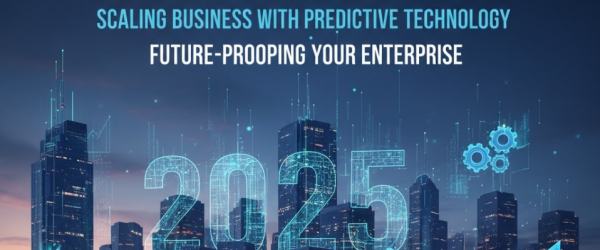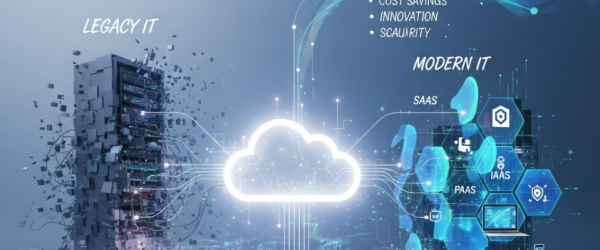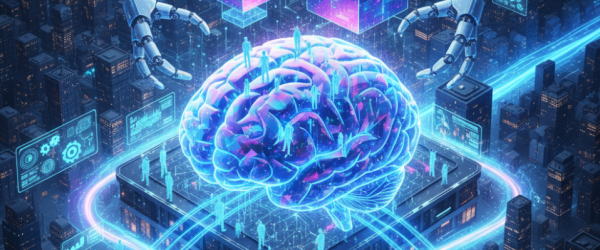Introduction
The traditional image of IT support—a technician rushing to fix a crashed server or fielding a backlog of help-desk tickets—is rapidly becoming obsolete. For decades, support was fundamentally reactive, centered around resolving downtime. This “break/fix” cycle treated IT issues as unavoidable disasters, resulting in high costs, lost productivity, and unpredictable business interruptions.
Today, modern IT support has completed a revolutionary evolution. It has moved from downtime to uptime, shifting the focus entirely to proactive management and predictive maintenance. This transformation is driven by data, automation, and a strategic understanding that continuity is the ultimate measure of IT success.
1. The Cost of Waiting: Why Reactive IT Fails to Scale
In the digital era, downtime is a direct and immediate hit to the bottom line. Every minute an email server is down or a critical application is inaccessible translates into measurable business loss.
- Financial Impact: According to one recent study, the average cost of IT downtime is now estimated at $5,600 per minute, highlighting the enormous financial risk associated with relying on reactive support models (Gartner, 2024).
- The Ticket Trap: Traditional help desks face the “ticket backlog” problem. Technicians spend disproportionate time solving the same, recurring issues, preventing them from focusing on strategic improvements or innovation. This manual, high-touch model cannot scale effectively with enterprise growth.
2. The Predictive Shift: Leveraging AIOps and Telemetry
The centerpiece of modern IT support is the use of AIOps (Artificial Intelligence for IT Operations) and deep machine learning. Instead of waiting for a system to fail, these intelligent platforms monitor subtle telemetry across the entire infrastructure—cloud services, endpoints, network traffic, and application logs.
- Foresight, Not Firefighting: AI establishes a baseline of “normal” system behavior. When performance metrics begin to degrade—even slightly—the AI flags the anomaly, often days or weeks before an issue becomes critical. This allows IT teams to execute predictive maintenance during scheduled off-peak hours.
- Automated Resolution: Many Level 1 and Level 2 tickets (e.g., password resets, common software glitches) are now fully automated. Advanced intelligent automation can resolve up to 40% of standard IT requests without human intervention, freeing up highly skilled technicians to address unique, complex challenges (Forrester, 2024).
3. The New Model: Shifting Human Focus from Response to Strategy
The evolution of IT support isn’t about eliminating human staff; it’s about augmenting human capability. By automating routine and reactive tasks, the role of the human IT professional changes dramatically.
| Traditional Support Role | Modern Uptime Strategist Role |
|---|---|
| Reactive: Triage and solve alerts. | Proactive: Design resilient, self-healing systems. |
| Manual: Patching and inventory management. | Strategic: Focus on security architecture and digital transformation projects. |
| Cost Center: Defined by operational expenses. | Value Driver: Defined by business continuity and innovation enablement. |
4. Business Continuity as the Service Baseline
For businesses, the primary benefit of modern IT support is guaranteed business continuity. Support is no longer seen as a necessary evil but as a strategic utility that ensures predictable operations and maximum efficiency.
- Security Integration: The best modern support models seamlessly integrate predictive security. AI monitors user and network behavior, allowing for autonomous threat containment in milliseconds, drastically reducing the window of vulnerability compared to human-led response times (IBM, 2023).
- Client Experience: The user experience is elevated. Instead of calling a help desk, employees interact with intelligent chatbots that offer immediate, personalized solutions, enhancing productivity and job satisfaction.
Conclusion: Uptime is the Metric of Modern IT
The journey from downtime to uptime defines modern IT. By embracing AIOps and predictive maintenance, organizations move from a costly cycle of reaction and recovery to a state of unpredictable stability. This evolution is essential: it maximizes enterprise agility, minimizes financial risk, and allows the entire organization to operate under the assumption that its critical technology infrastructure will simply—and continuously—work.







